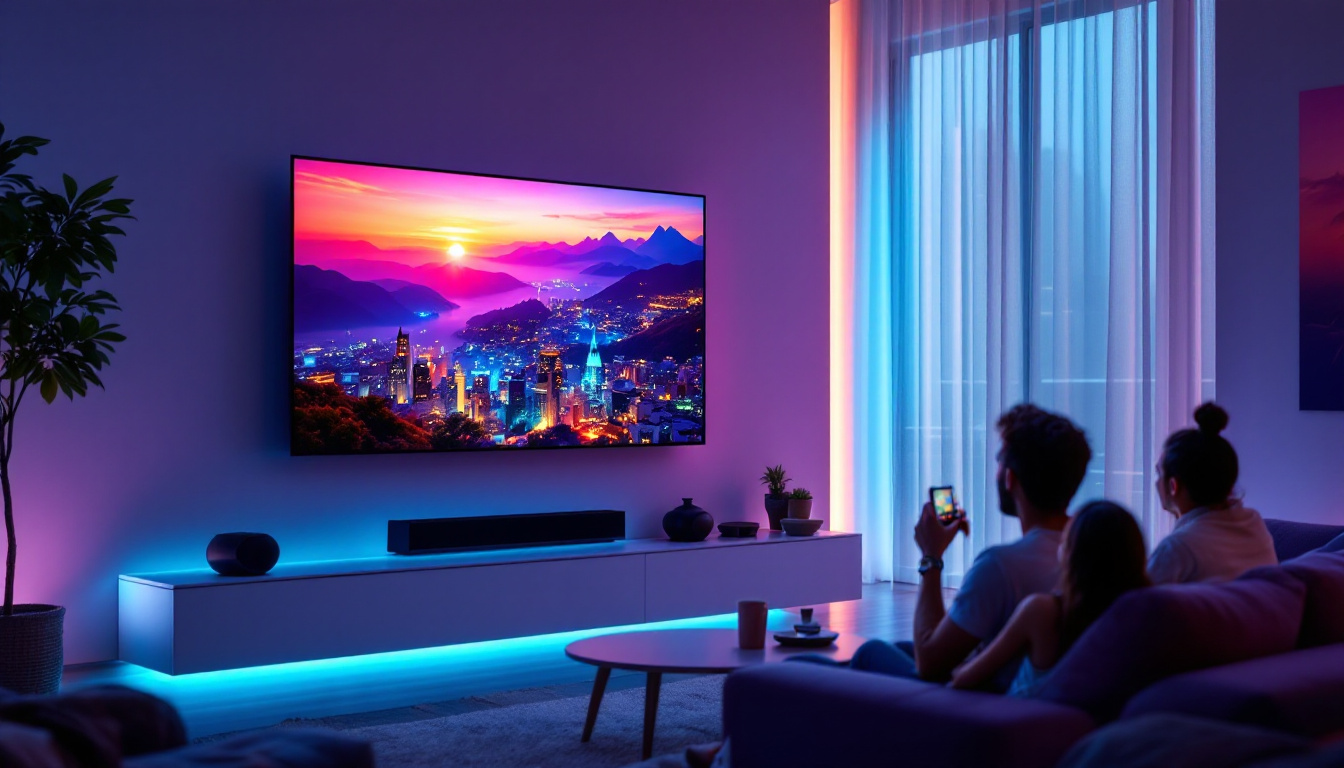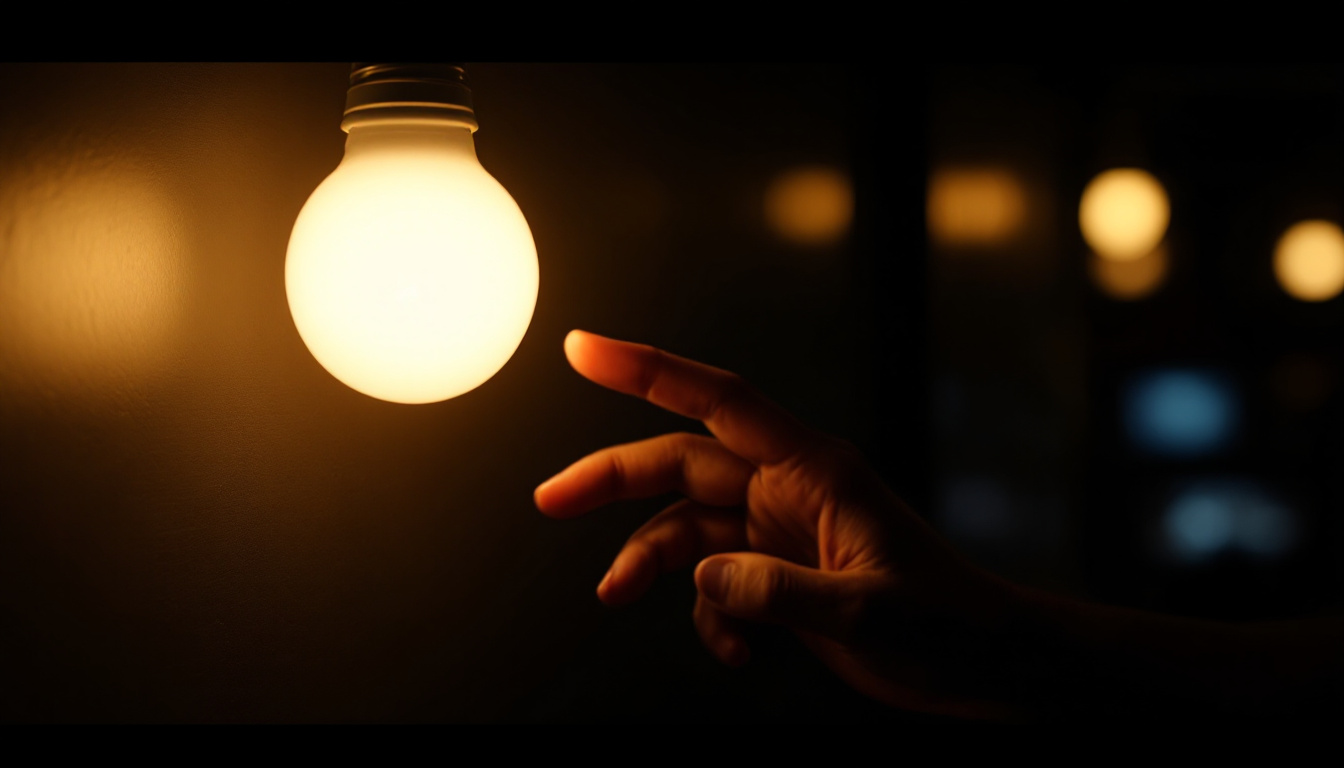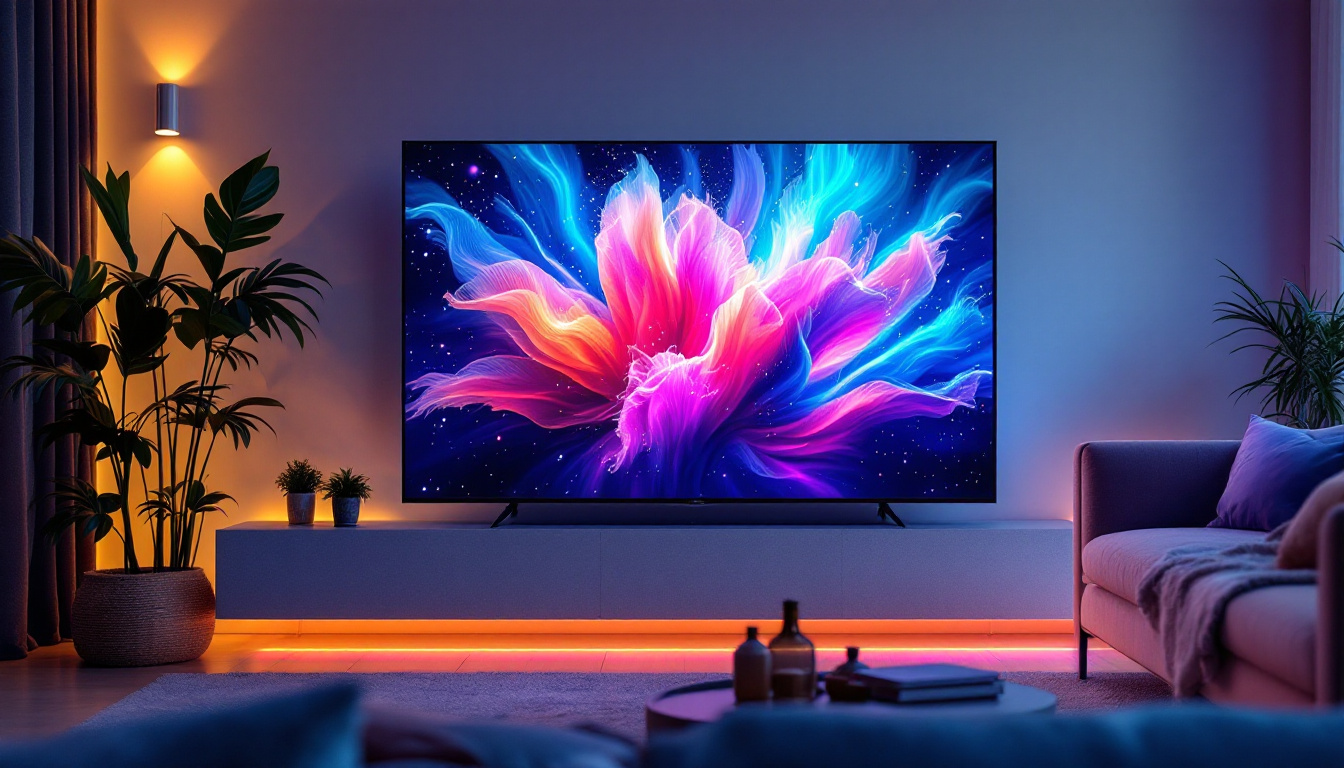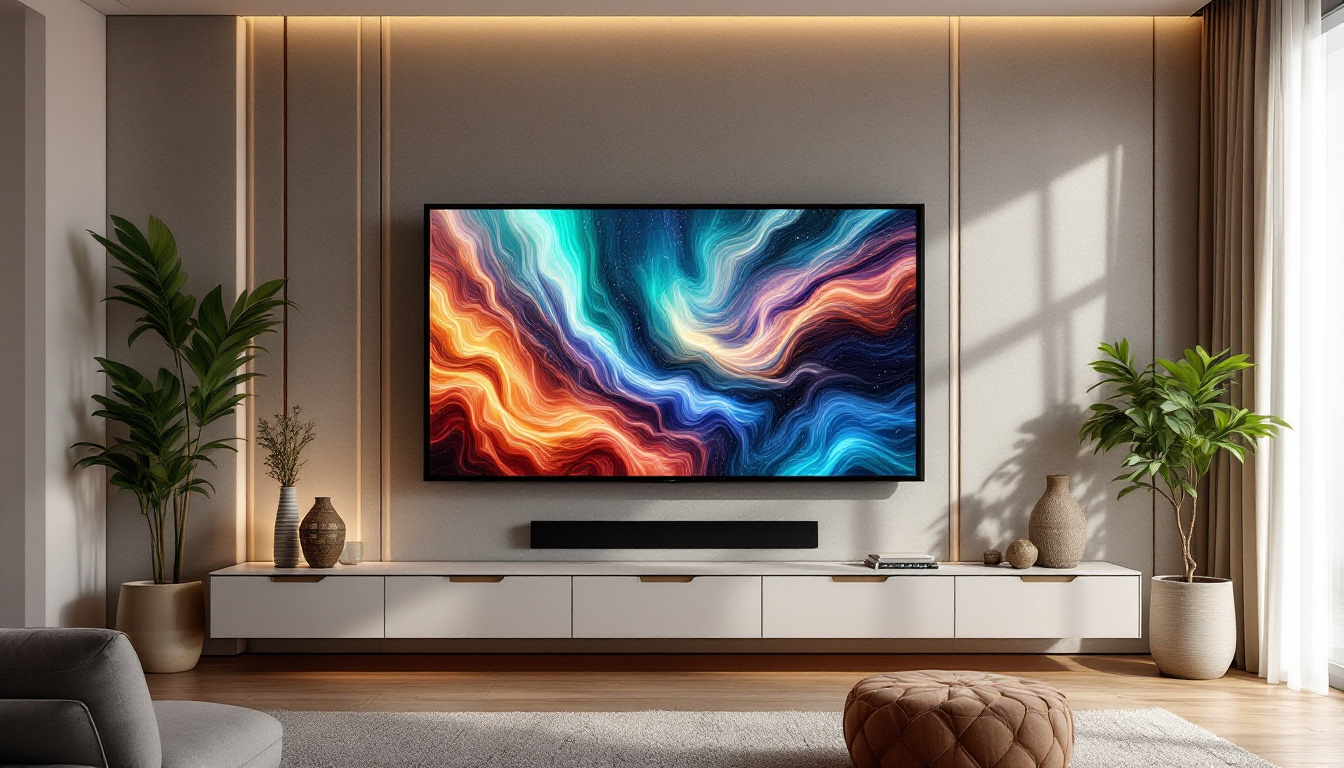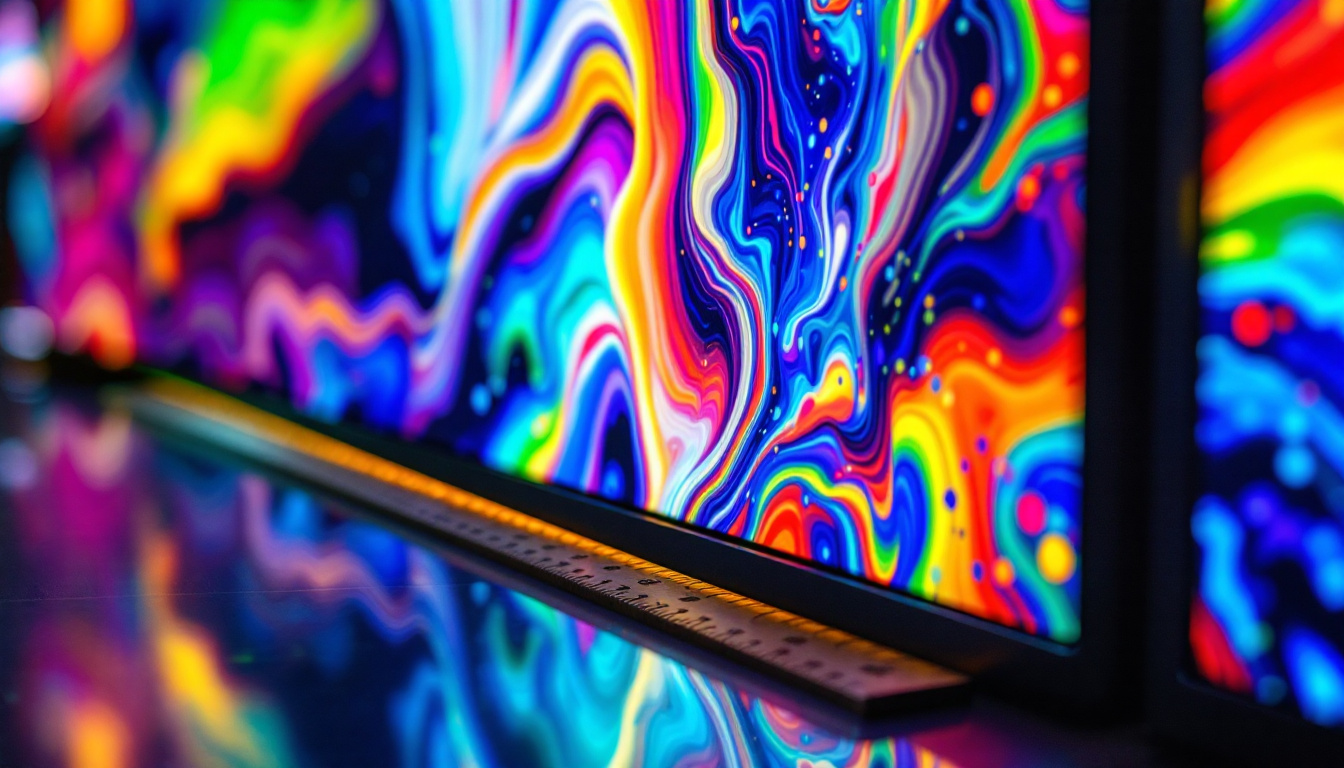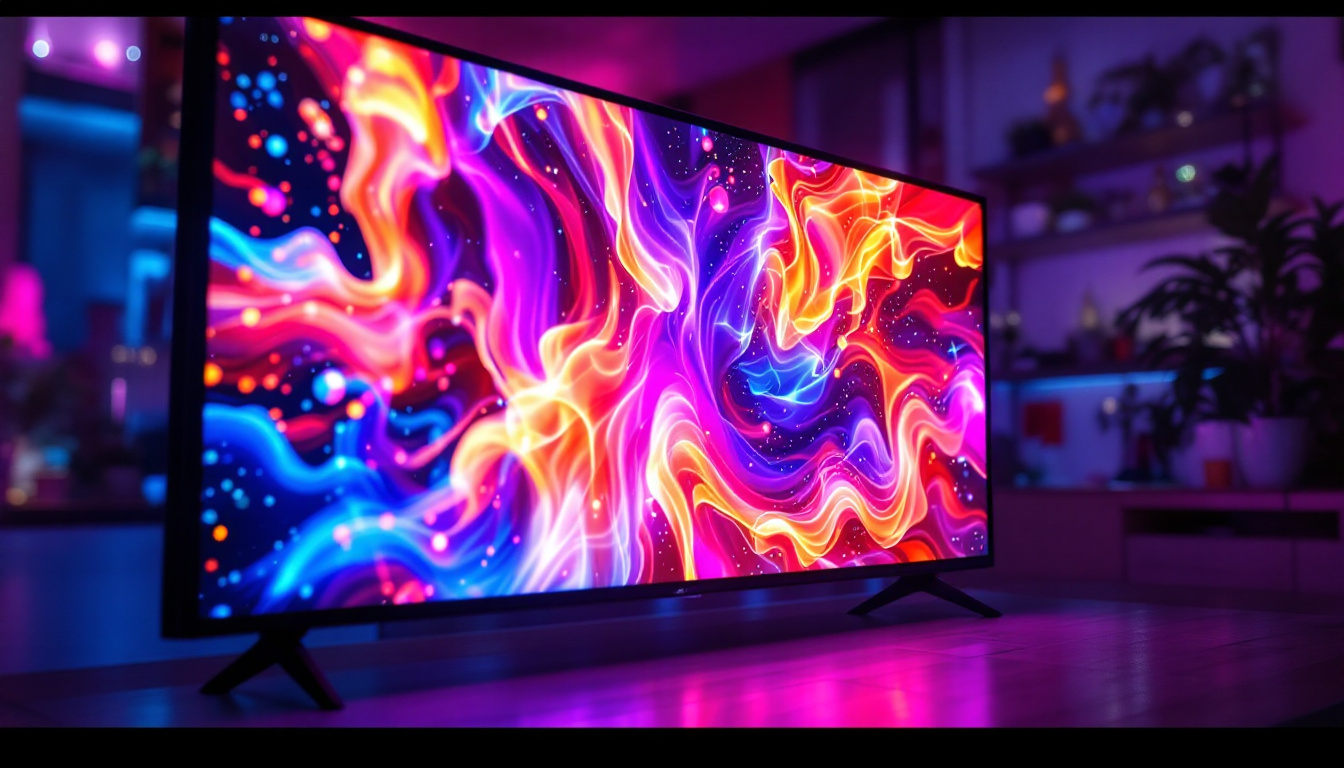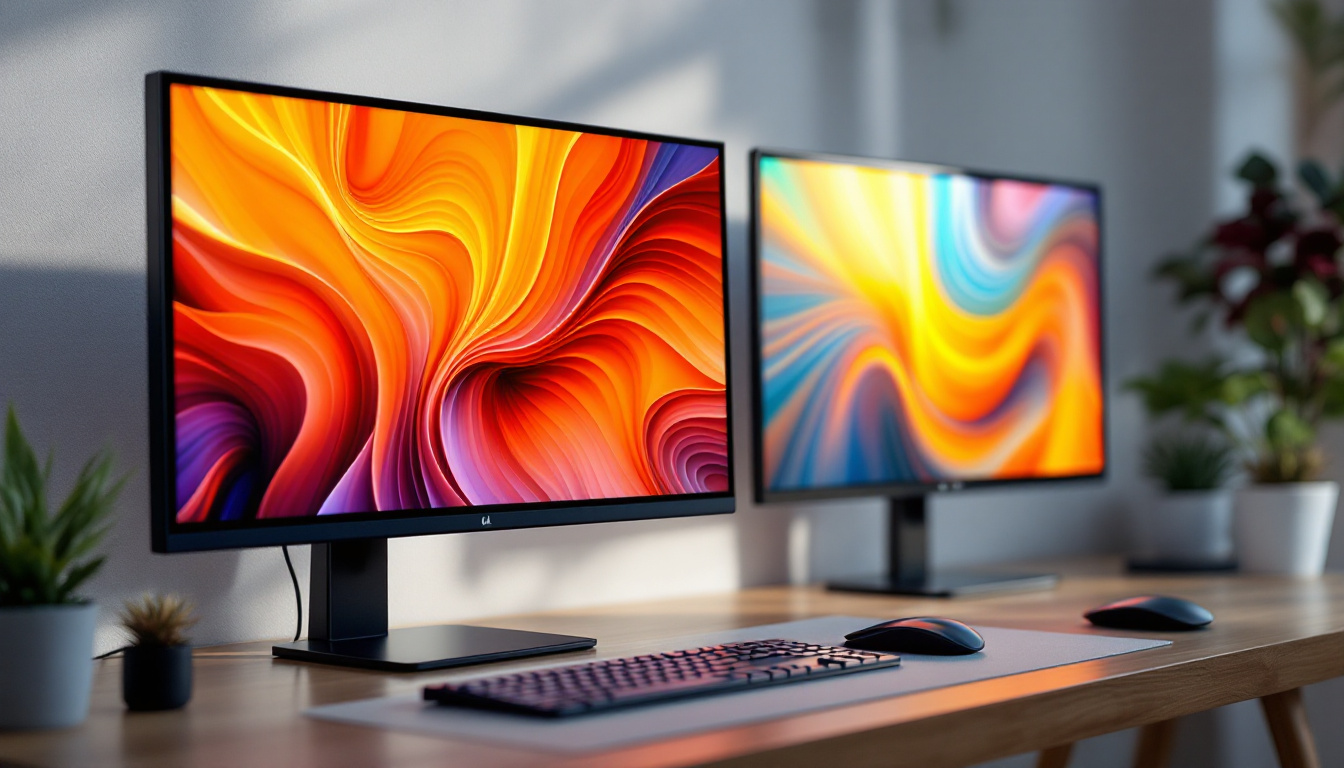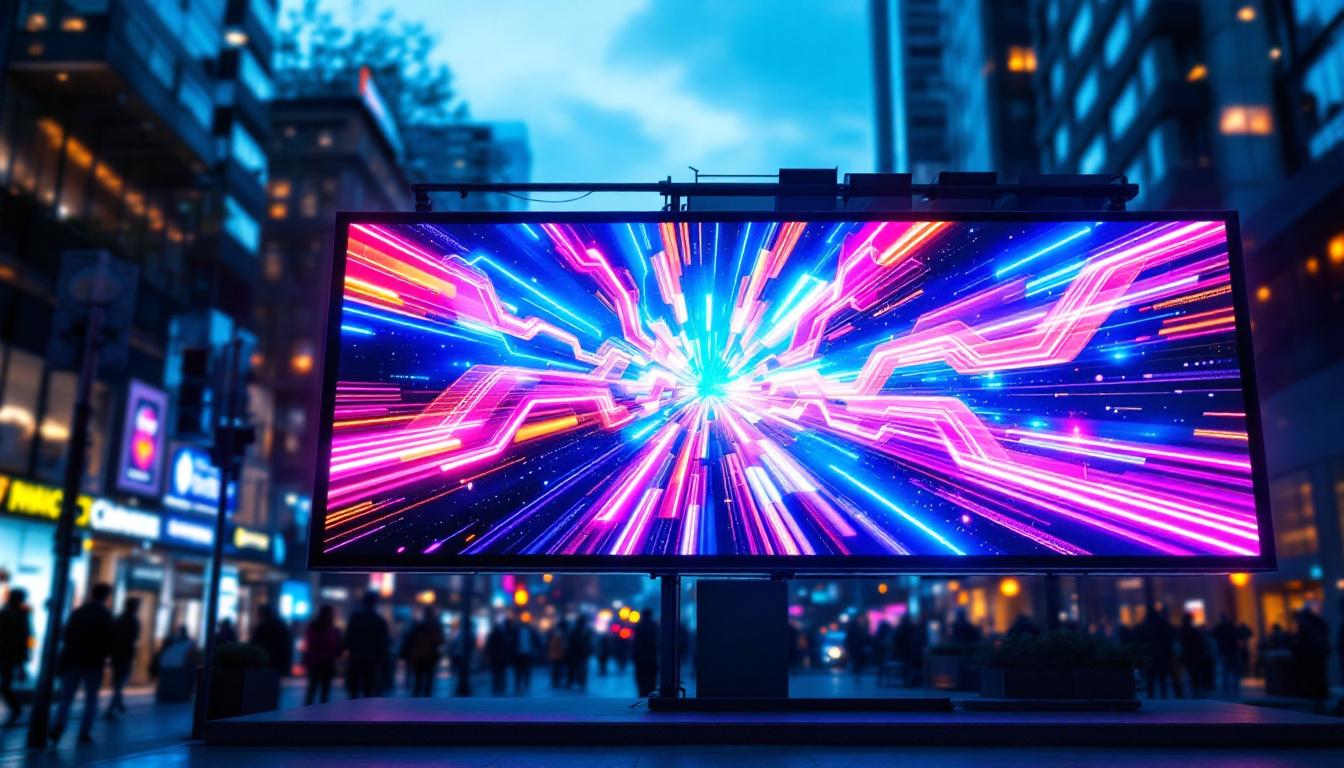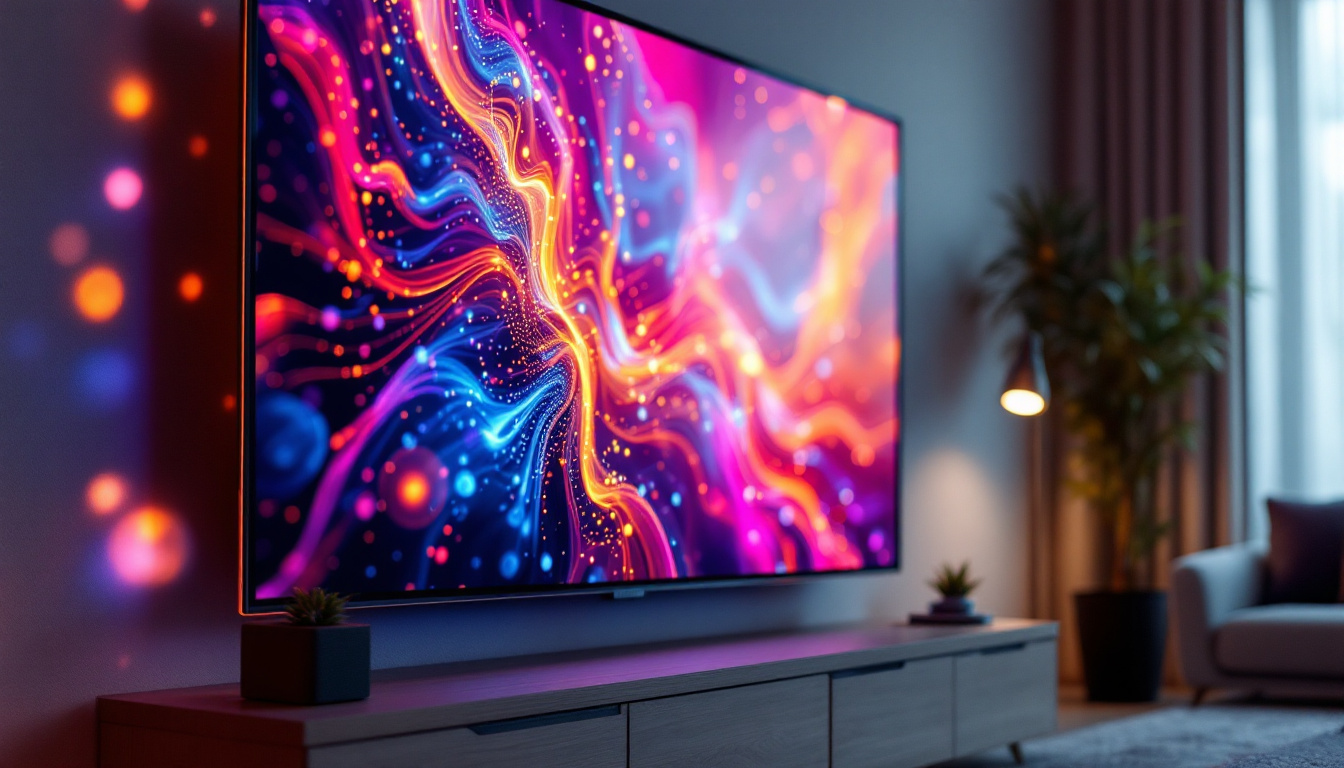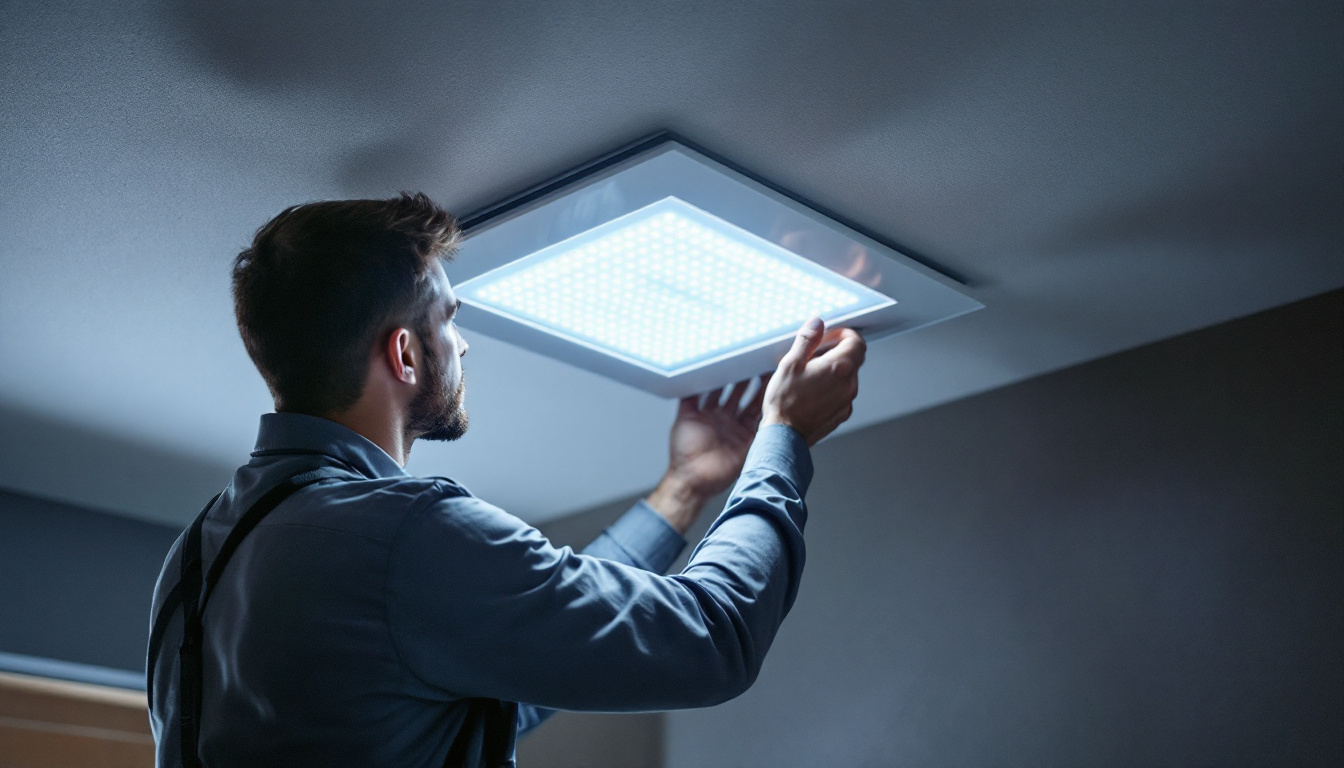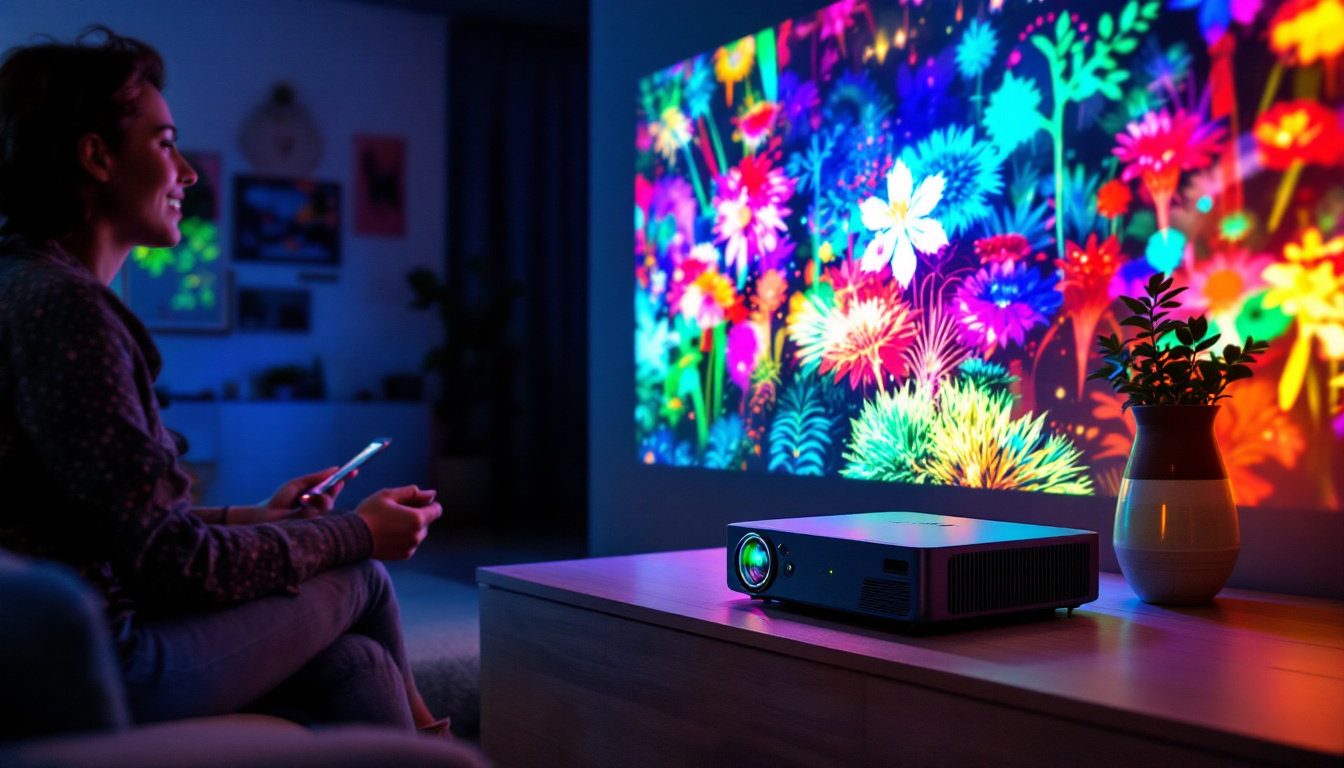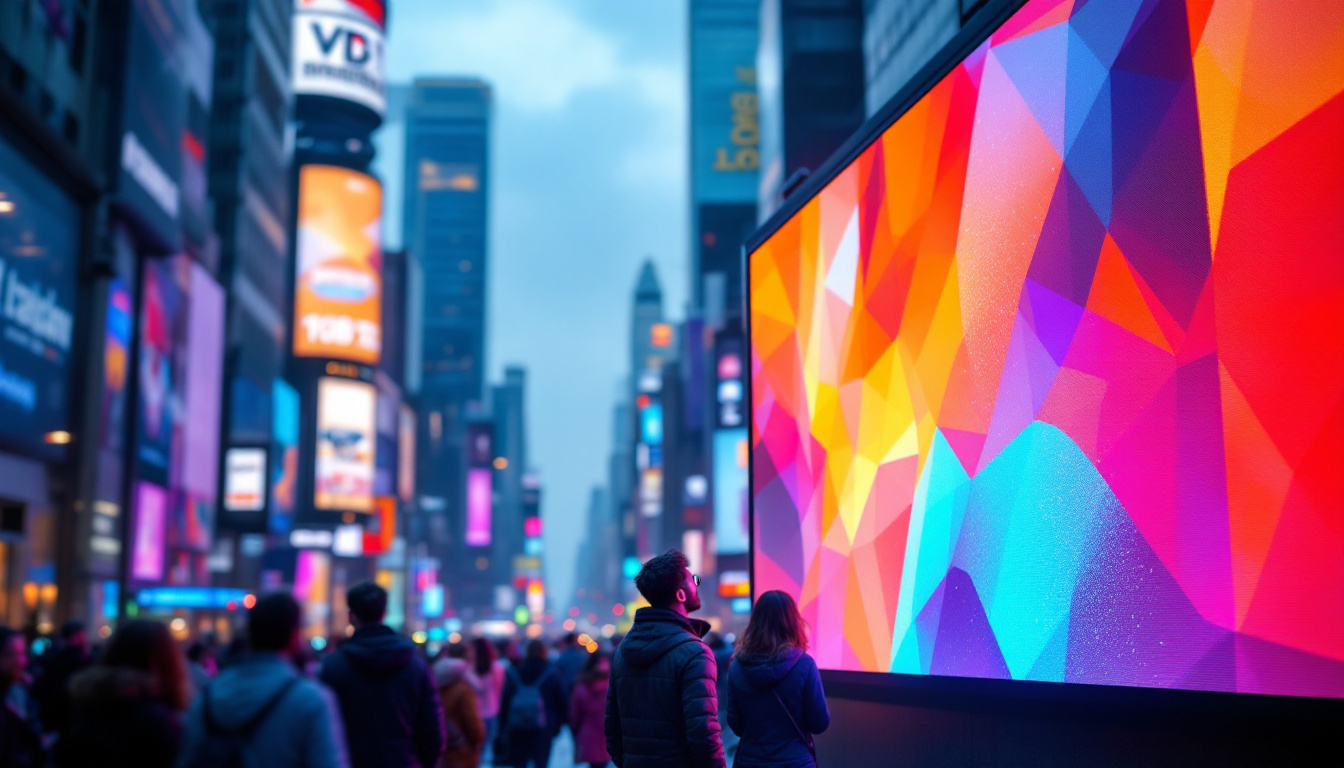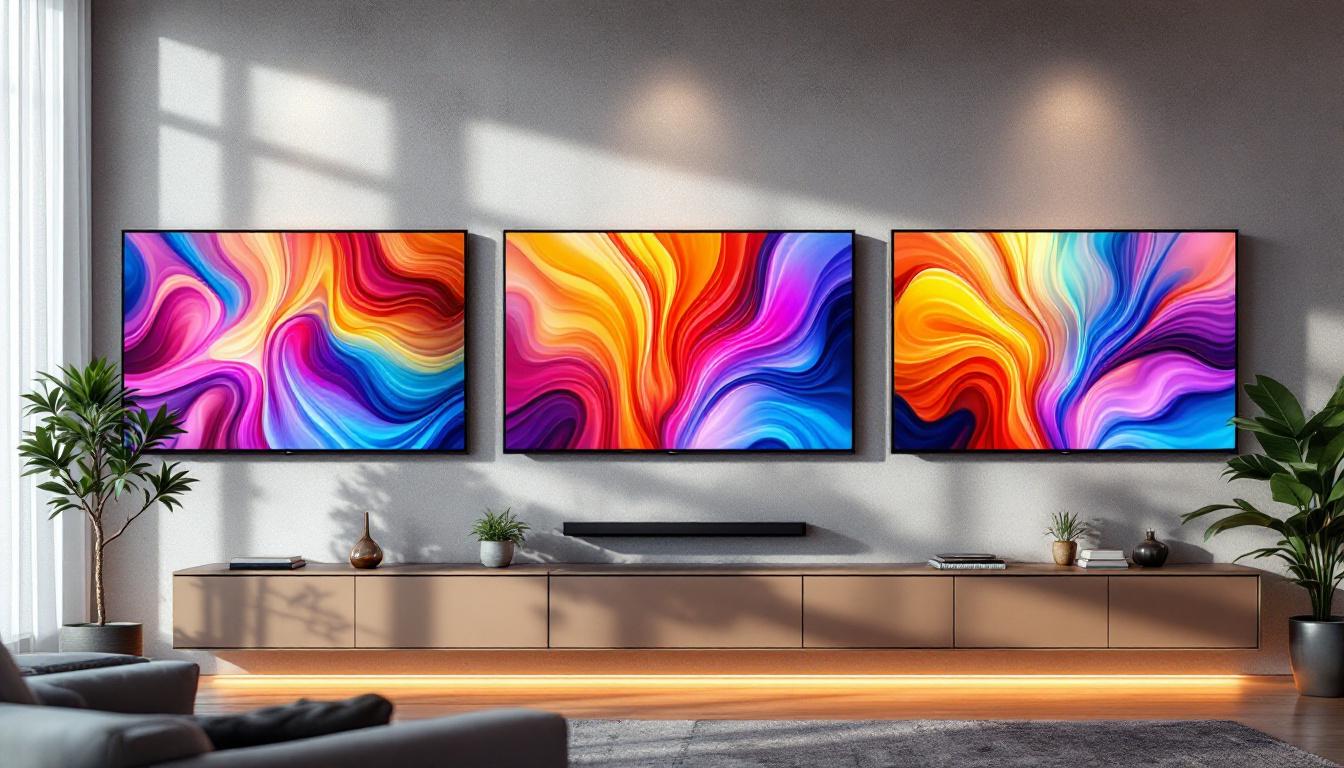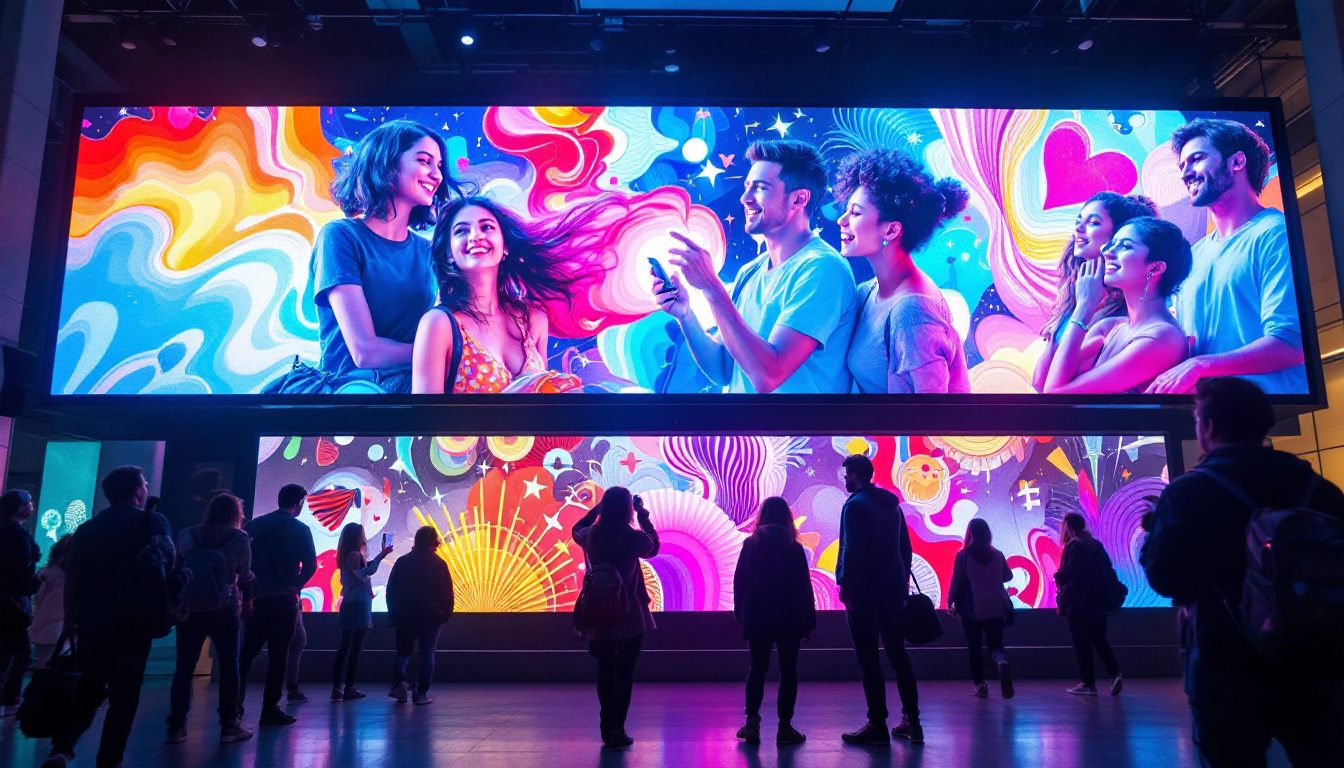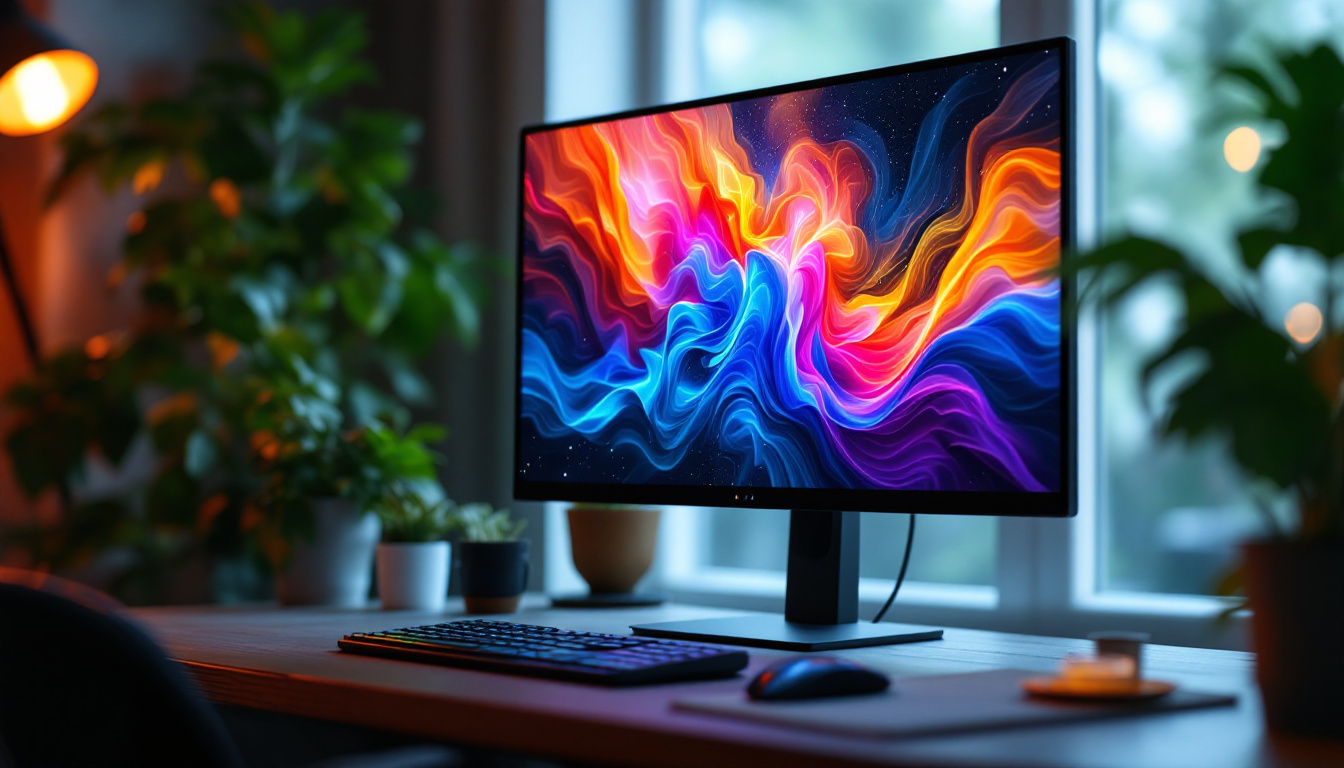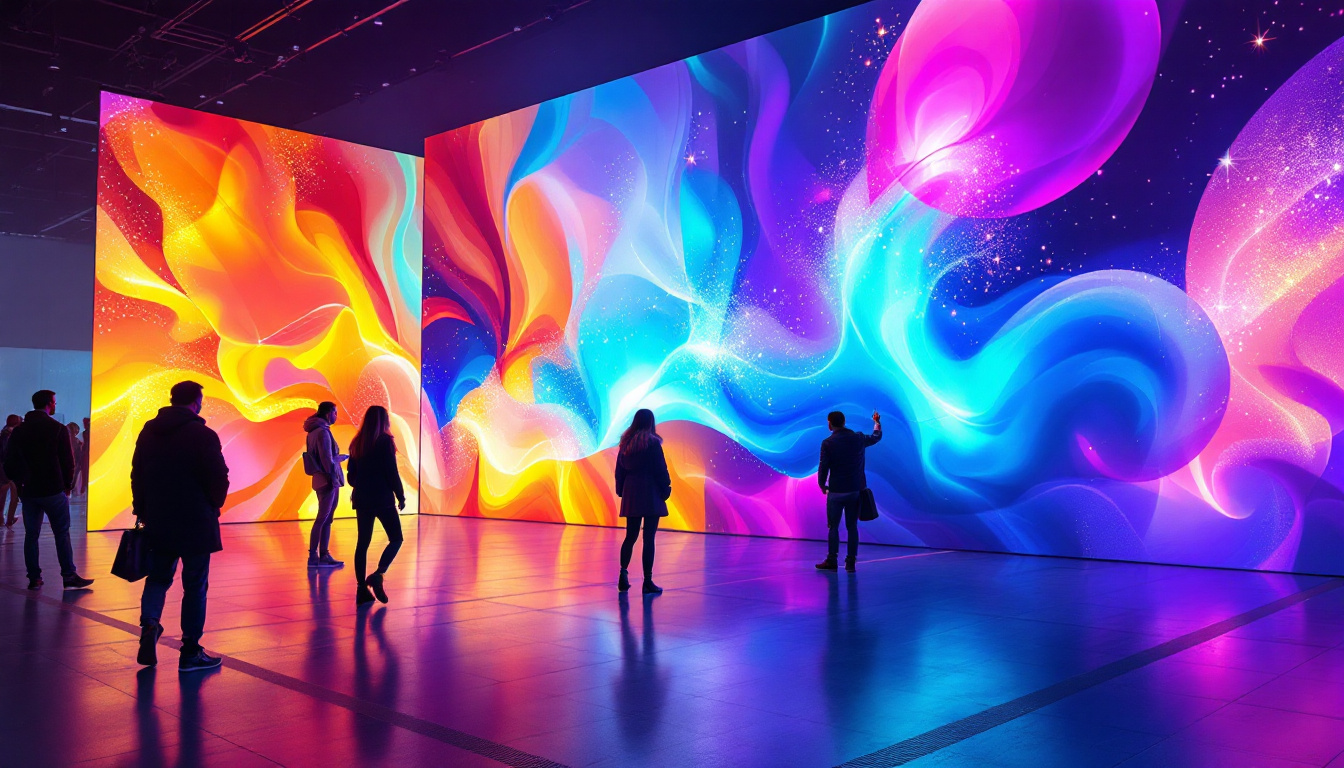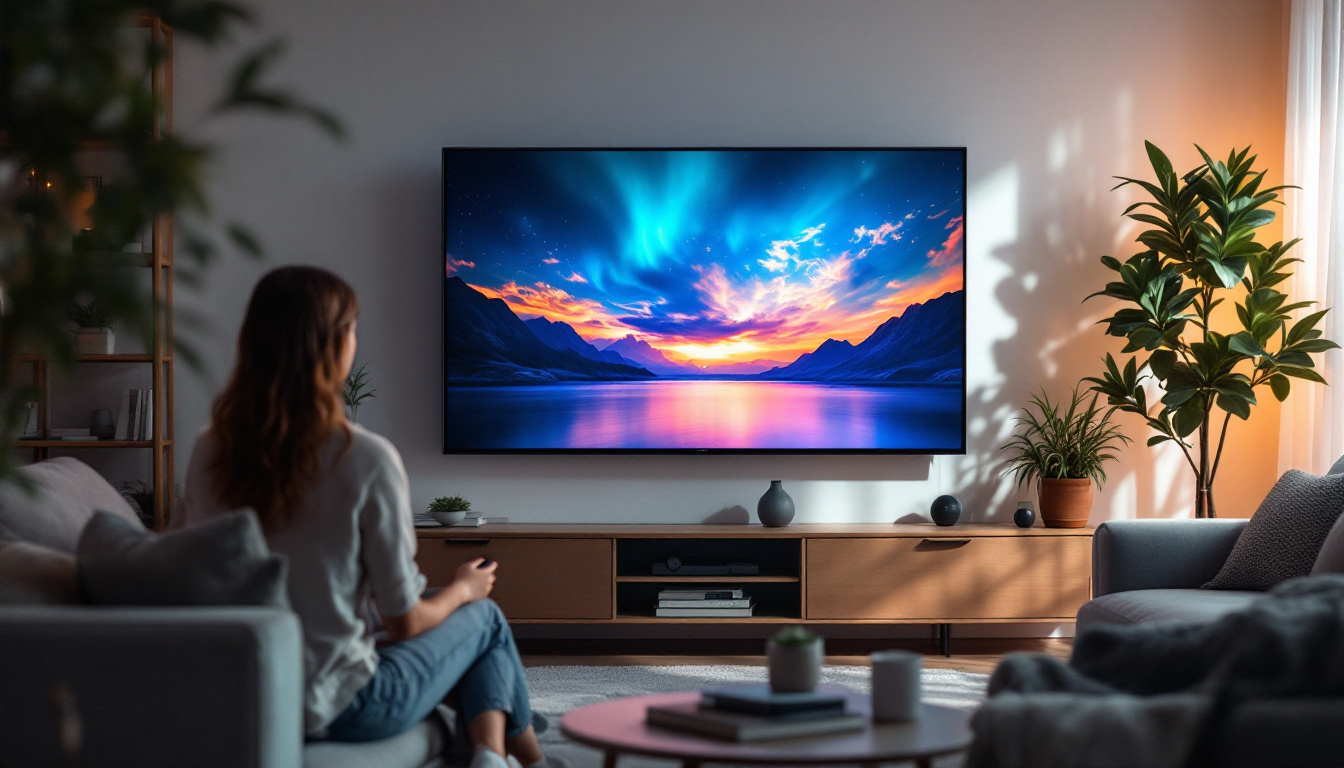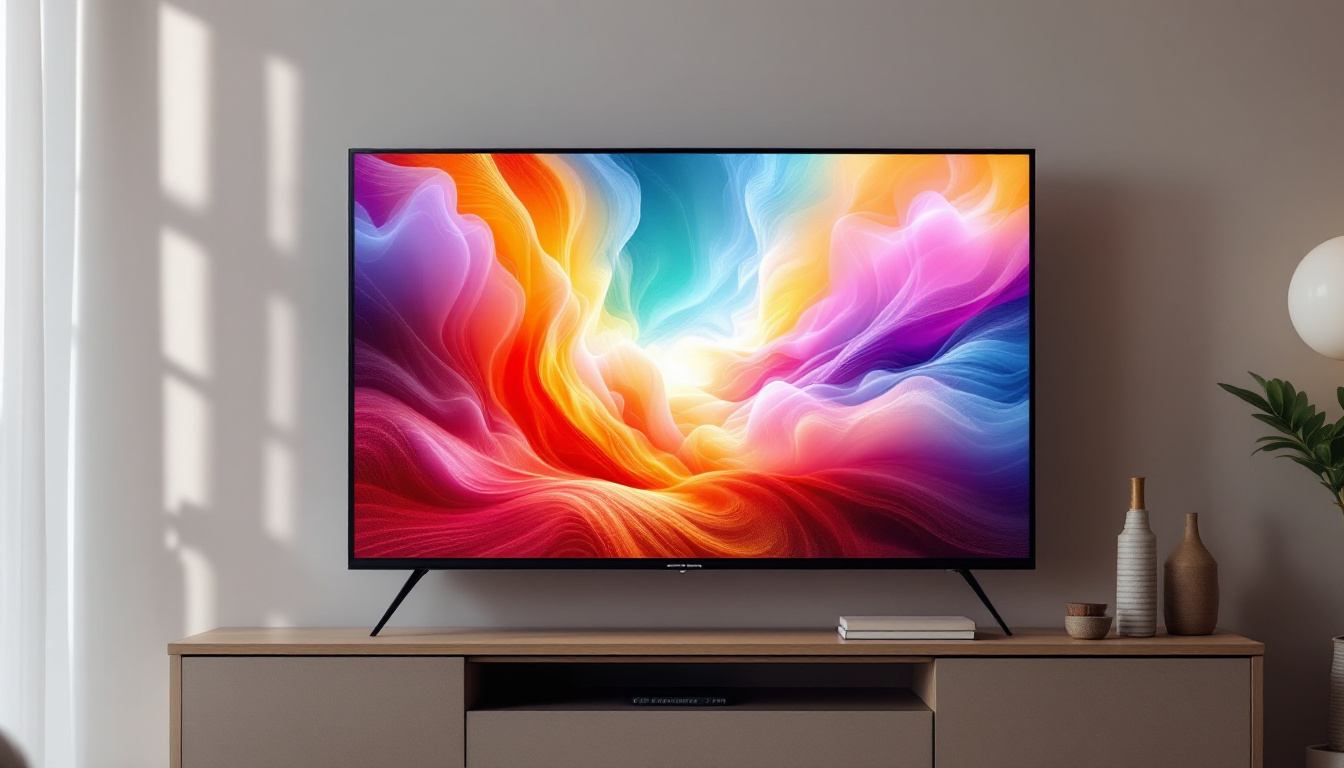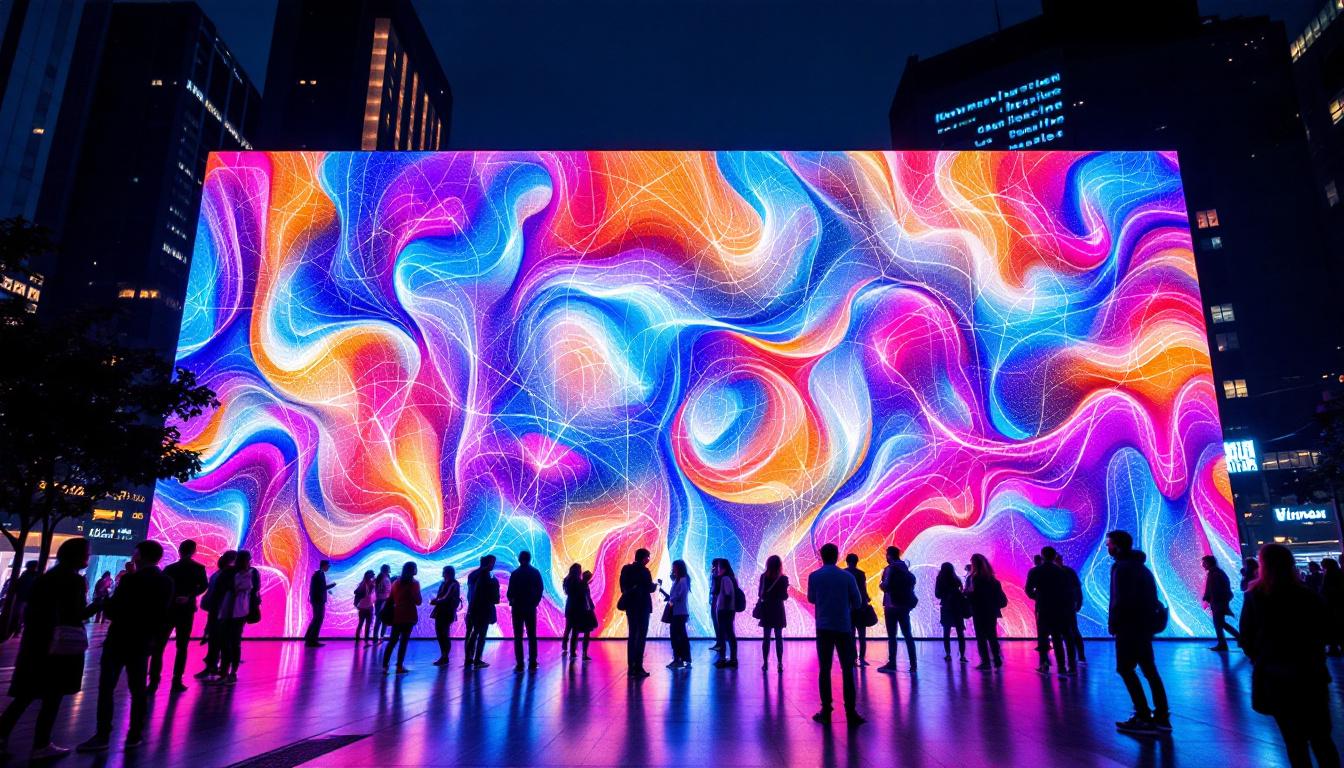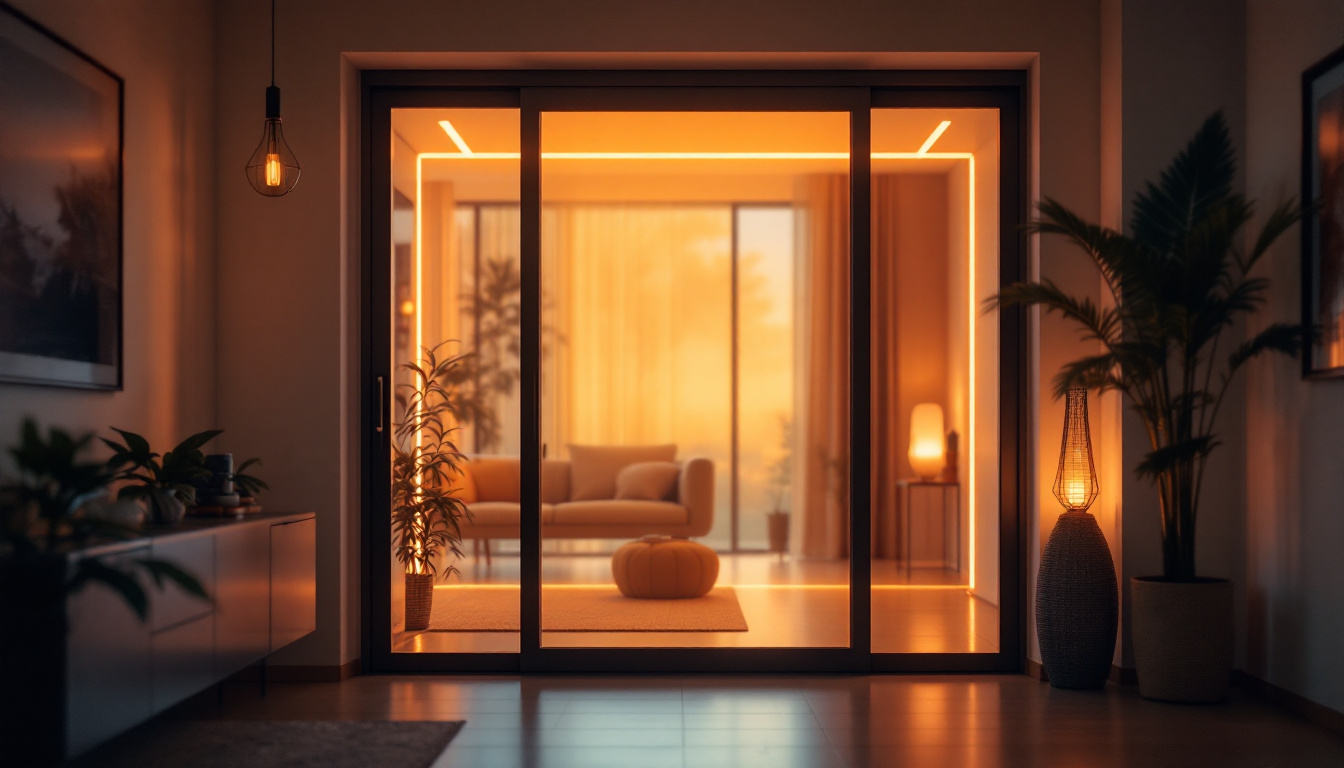Projection TVs For Sale: LED Display Explained
As technology continues to evolve, the way we consume visual media has transformed significantly. Among the various display technologies available today, LED (Light Emitting Diode) displays have gained immense popularity, particularly in the realm of projection TVs. This article delves into the nuances of LED displays, their advantages, and what to consider when shopping for projection TVs for sale.
Understanding LED Technology
LED technology has revolutionized the way images are projected onto screens. Unlike traditional projection methods that rely on incandescent bulbs or CRTs (Cathode Ray Tubes), LED displays utilize semiconductor technology to produce light. This results in brighter images, better color accuracy, and improved energy efficiency. The longevity of LED lights also means that users can expect a lifespan of up to 50,000 hours, significantly reducing the need for frequent replacements and maintenance compared to traditional bulbs.
How LED Displays Work
At the core of LED displays are tiny diodes that emit light when an electric current passes through them. These diodes can be arranged in various configurations to create different types of displays. In projection TVs, LED technology is often combined with other technologies, such as LCD (Liquid Crystal Display) or DLP (Digital Light Processing), to enhance image quality. This hybrid approach allows manufacturers to leverage the strengths of each technology, resulting in displays that not only deliver stunning visuals but also cater to the diverse needs of consumers.
In an LED projection system, the light produced by the diodes is directed through a series of lenses and mirrors to project images onto a screen. The result is a bright, vibrant picture that can be viewed in various lighting conditions, making LED projectors versatile for both home theaters and commercial spaces. Moreover, advancements in LED technology have led to features such as dynamic contrast ratios and HDR (High Dynamic Range) capabilities, which further enhance the viewing experience by providing deeper blacks and more vivid colors.
Types of LED Displays
There are primarily two types of LED displays used in projection TVs: edge-lit and full-array. Edge-lit LED displays have LEDs positioned along the edges of the screen, which helps to create a slim profile. However, this design can sometimes lead to uneven lighting across the screen. This can be particularly noticeable in darker scenes, where the lack of uniformity may detract from the overall viewing experience.
On the other hand, full-array LED displays feature a grid of LEDs behind the entire screen. This design allows for more precise control of brightness and contrast, resulting in superior image quality. Full-array displays are particularly beneficial for watching movies or playing video games, where detail and color accuracy are crucial. Additionally, many full-array LED displays now incorporate local dimming technology, which allows specific areas of the screen to dim or brighten independently, further enhancing the depth of the image and providing a more immersive experience. As the technology continues to evolve, we can expect even more innovations that will push the boundaries of what’s possible in visual displays.
Advantages of LED Projection TVs
LED projection TVs offer several advantages over traditional projection systems. Understanding these benefits can help consumers make informed decisions when considering their next purchase.
Brighter Images
One of the most significant advantages of LED projection TVs is their ability to produce brighter images. This is particularly important in well-lit environments where traditional projectors may struggle to deliver a clear picture. The brightness of LED displays allows for more flexibility in placement and viewing conditions. Moreover, the enhanced brightness not only improves visibility but also enriches color saturation, resulting in a more vibrant viewing experience. This is especially beneficial for watching sports or action-packed movies, where clarity and detail are crucial for an immersive experience.
Energy Efficiency
LED technology is known for its energy efficiency. Compared to traditional bulbs, LED lights consume significantly less power while providing the same level of brightness. This not only reduces electricity bills but also contributes to a lower carbon footprint, making LED projection TVs an environmentally friendly option. In addition, many LED projection TVs come equipped with smart energy-saving features, such as automatic brightness adjustment based on ambient light levels, further optimizing power consumption. This means that consumers can enjoy high-quality entertainment without the guilt of excessive energy use.
Longevity
Another notable benefit of LED displays is their longevity. LED bulbs can last up to 25,000 hours or more, far exceeding the lifespan of traditional projection bulbs, which typically last around 2,000 to 3,000 hours. This means less frequent replacements and lower maintenance costs over time. Furthermore, the durability of LED technology translates to a more reliable performance, reducing the likelihood of unexpected failures during crucial moments, such as a big game or movie night. With less downtime and fewer interruptions, users can enjoy a seamless viewing experience that enhances their overall satisfaction.
Improved Color Accuracy
In addition to brightness and longevity, LED projection TVs also excel in color accuracy. The technology behind LED displays allows for a wider color gamut, meaning that viewers can experience a more extensive range of colors that are true to life. This is particularly important for filmmakers and content creators who rely on accurate color representation for their work. With improved color fidelity, viewers can appreciate the nuances in films and shows, making for a more engaging and visually stunning experience. Whether it’s the deep blues of a serene ocean scene or the vibrant greens of a lush forest, LED projection TVs bring these colors to life in a way that captivates the audience.
Enhanced Connectivity Options
Lastly, LED projection TVs often come with a variety of connectivity options that make them versatile for different uses. Many models feature multiple HDMI ports, USB connections, and even wireless capabilities, allowing users to easily connect their favorite devices, such as gaming consoles, streaming devices, or laptops. This flexibility not only enhances the viewing experience but also makes it easier to switch between different sources of content. As technology continues to evolve, having a projection TV that can adapt to new devices and formats ensures that consumers can enjoy the latest entertainment without the hassle of compatibility issues.
Key Features to Consider
When shopping for projection TVs for sale, several key features should be taken into account to ensure the best viewing experience. Understanding these features can help consumers select a model that meets their specific needs.
Resolution
Resolution is a critical factor in determining image quality. Most modern projection TVs offer at least Full HD (1920 x 1080) resolution, while many high-end models now support 4K (3840 x 2160) resolution. Higher resolution displays provide more detail and clarity, making them ideal for watching movies or playing video games.
Contrast Ratio
The contrast ratio measures the difference between the brightest and darkest parts of an image. A higher contrast ratio results in deeper blacks and brighter whites, enhancing overall image quality. When evaluating projection TVs, look for models with a contrast ratio of at least 1000:1 for optimal viewing.
Portability and Size
Portability is another important consideration, especially for those who plan to use their projection TVs in multiple locations. Some models are designed to be lightweight and compact, making them easy to transport. Additionally, the size of the projected image can vary significantly between models, so it’s essential to consider the available space and desired screen size.
Popular Brands and Models
The market for LED projection TVs is filled with various brands and models, each offering unique features and specifications. Here’s a brief overview of some popular options that have garnered positive reviews from consumers.
BenQ
BenQ is known for its high-quality projectors that cater to both home theater enthusiasts and professional environments. Their models often feature advanced color technology and high brightness levels, making them suitable for various viewing conditions.
Epson
Epson has established itself as a leader in the projection market, offering a wide range of LED projectors that deliver exceptional image quality. Their models are often praised for their reliability and user-friendly interfaces, making them a favorite among consumers.
ViewSonic
ViewSonic projectors are known for their affordability without compromising on quality. They offer a variety of models that cater to different budgets and needs, making them an excellent choice for those looking for value in their purchase.
Installation and Setup
Setting up an LED projection TV can be a straightforward process, but it is essential to follow certain guidelines to achieve the best results. Proper installation ensures optimal performance and enhances the viewing experience.
Screen Selection
The choice of screen can significantly impact the quality of the projected image. There are various types of screens available, including matte white, high-gain, and ambient light-rejecting screens. Each type has its advantages and is suited for different environments. For instance, high-gain screens can enhance brightness in well-lit rooms, while ambient light-rejecting screens are ideal for spaces with significant light interference.
Placement Considerations
Placement is another critical factor in the setup process. The distance between the projector and the screen can affect the size and clarity of the image. Most projectors come with specific guidelines regarding throw distance, which should be adhered to for optimal performance. Additionally, ensuring that the projector is level and aligned with the screen will prevent distortion and ensure a clear picture.
Calibration
After installation, it is advisable to calibrate the projector for the best image quality. This may involve adjusting settings such as brightness, contrast, and color balance. Many modern projectors come with preset modes for different viewing scenarios, which can simplify the calibration process.
Maintenance Tips for Longevity
To ensure the longevity and optimal performance of LED projection TVs, regular maintenance is essential. Here are some tips to keep in mind.
Cleaning the Lens
The lens of the projector can accumulate dust and smudges over time, which can affect image quality. Regularly cleaning the lens with a microfiber cloth can help maintain clarity. It is important to avoid using abrasive materials that could scratch the lens surface.
Updating Firmware
Many modern projectors come with firmware that can be updated to improve performance and add new features. Keeping the firmware up to date can enhance the projector’s functionality and ensure compatibility with the latest media formats.
Proper Storage
When not in use, it is advisable to store the projector in a cool, dry place to prevent overheating and moisture damage. Using a protective case can also help safeguard the device from dust and physical damage.
Conclusion
LED projection TVs represent a significant advancement in display technology, offering brighter images, energy efficiency, and longevity. With a variety of models available on the market, consumers have the opportunity to find a projector that meets their specific needs and preferences.
When considering a purchase, it is essential to evaluate key features such as resolution, contrast ratio, and portability. Additionally, proper installation and maintenance can significantly enhance the viewing experience and prolong the life of the projector.
As technology continues to advance, LED projection TVs will likely remain a popular choice for both home entertainment and professional applications. By understanding the intricacies of LED displays and the factors to consider when making a purchase, consumers can make informed decisions and enjoy an unparalleled viewing experience.
Discover the Future of Visual Experience with LumenMatrix
Ready to elevate your viewing experience with the latest in LED display technology? Look no further than LumenMatrix, a pioneer in crafting immersive visual solutions that truly stand out. From the comfort of your home to the excitement of outdoor events, LumenMatrix offers a comprehensive range of LED display modules, including Indoor and Outdoor LED Wall Displays, Vehicle LED Displays, and more. Embrace the future of digital signage and create unforgettable experiences with our innovative LED Sports Displays, Floor LED Displays, and Custom LED solutions. Don’t miss out on the opportunity to transform your visual communication. Check out LumenMatrix LED Display Solutions today and join the revolution in captivating and dynamic visual storytelling.

